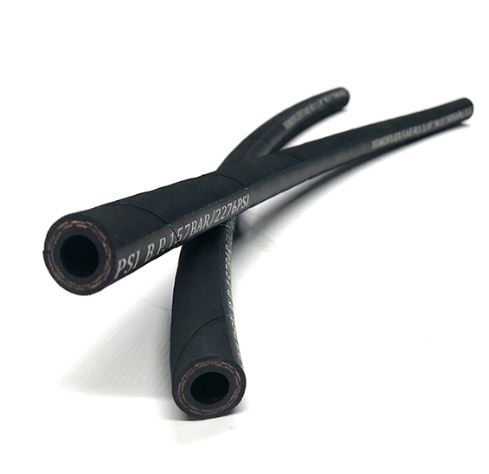Choosing the Right PVC Drain Hose for Your Air Conditioner System
Understanding Air Conditioner PVC Drain Hoses
Air conditioners are essential appliances in many homes and offices, especially in regions with hot climates. They provide relief from high temperatures by removing humidity and cooling the air. An often-overlooked but crucial component of an air conditioning system is the PVC drain hose. This article aims to clarify its purpose, installation, maintenance, and potential issues.
What is a PVC Drain Hose?
The PVC drain hose is a flexible tube made from polyvinyl chloride (PVC) that facilitates the removal of condensation produced by the air conditioning unit. When an air conditioner operates, it extracts moisture from the indoor air, causing condensation to form on the evaporator coils. This moisture needs to be drained away to prevent water from accumulating inside the unit, which can lead to leaks and water damage.
Importance of a Properly Installed Drain Hose
A properly installed PVC drain hose is vital for the efficient operation of your air conditioning system. It ensures that the condensation is expelled safely, preventing potential problems such as
1. Water Damage Improper drainage can cause water to accumulate, leading to damage to ceilings, walls, and floors. 2. Mold and Mildew Growth Stagnant water creates an ideal environment for mold and mildew, which can harm indoor air quality and health.
3. System Efficiency A clogged or kinked drain hose can lead to reduced efficiency, making the air conditioner work harder and consume more energy.
Installation Process
Installing a PVC drain hose is typically straightforward, but it may vary based on the specific air conditioning unit and its installation guidelines. Here’s a general step-by-step process
1. Choose the Right Hose Select a PVC drain hose that fits your air conditioner’s drain outlet. The diameter usually ranges from ¾ inch to 1 inch.
air conditioner pvc drain hose

3. Attach the Hose Securely attach one end of the hose to the drain outlet of the air conditioning unit. This might require a hose clamp to ensure a tight fit.
4. Route the Hose Lead the other end of the hose downward toward the intended drainage point, such as a floor drain or outside the building. Ensure there are no sharp bends or kinks.
5. Test the Drainage Turn on the air conditioner and check for leaks at the connections. Ensure water is flowing freely through the hose.
Maintenance and Troubleshooting
Regular maintenance of the PVC drain hose is crucial to avoid clogs and backups. Here are some tips
- Regular Inspections Periodically inspect the hose for any signs of wear, tear, or damage. Look for kinks or obstructions that could impede water flow.
- Clear Clogs If you notice standing water, your hose may be clogged. Clear it by using a wet/dry vacuum or a plumber's snake to remove debris.
- Seasonal Maintenance Before the peak season of use, check the entire air conditioning system, including the drain hose, to ensure everything is functioning correctly.
Conclusion
The PVC drain hose is a small but vital part of any air conditioning system. Understanding its role, ensuring proper installation, and conducting regular maintenance can save homeowners from costly repairs and enhance the longevity of their air conditioning units. By keeping the drain hose in good condition, you ensure a cool, comfortable environment while maintaining the efficiency of your air conditioning system. Always consult a professional if you're unsure about any aspect of your air conditioner’s installation or maintenance.
-
Top Quality Oxy Acetylene Hoses for Sale Fit for Welding DemandsNewsJul.28,2025
-
The Future of Pneumatic Air Tubes in IndustryNewsJul.28,2025
-
Superior and Reliable LPG Hose Pipe Solutions for Every NeedNewsJul.28,2025
-
Exceptionally Durable and Versatile Premium Braided PVC TubingNewsJul.28,2025
-
Best Adapters for Connecting Garden Hose to PVC Pipe ConnectionsNewsJul.28,2025
-
The Essential Role of LPG Hoses in Safe and Efficient Gas DistributionNewsJul.16,2025














